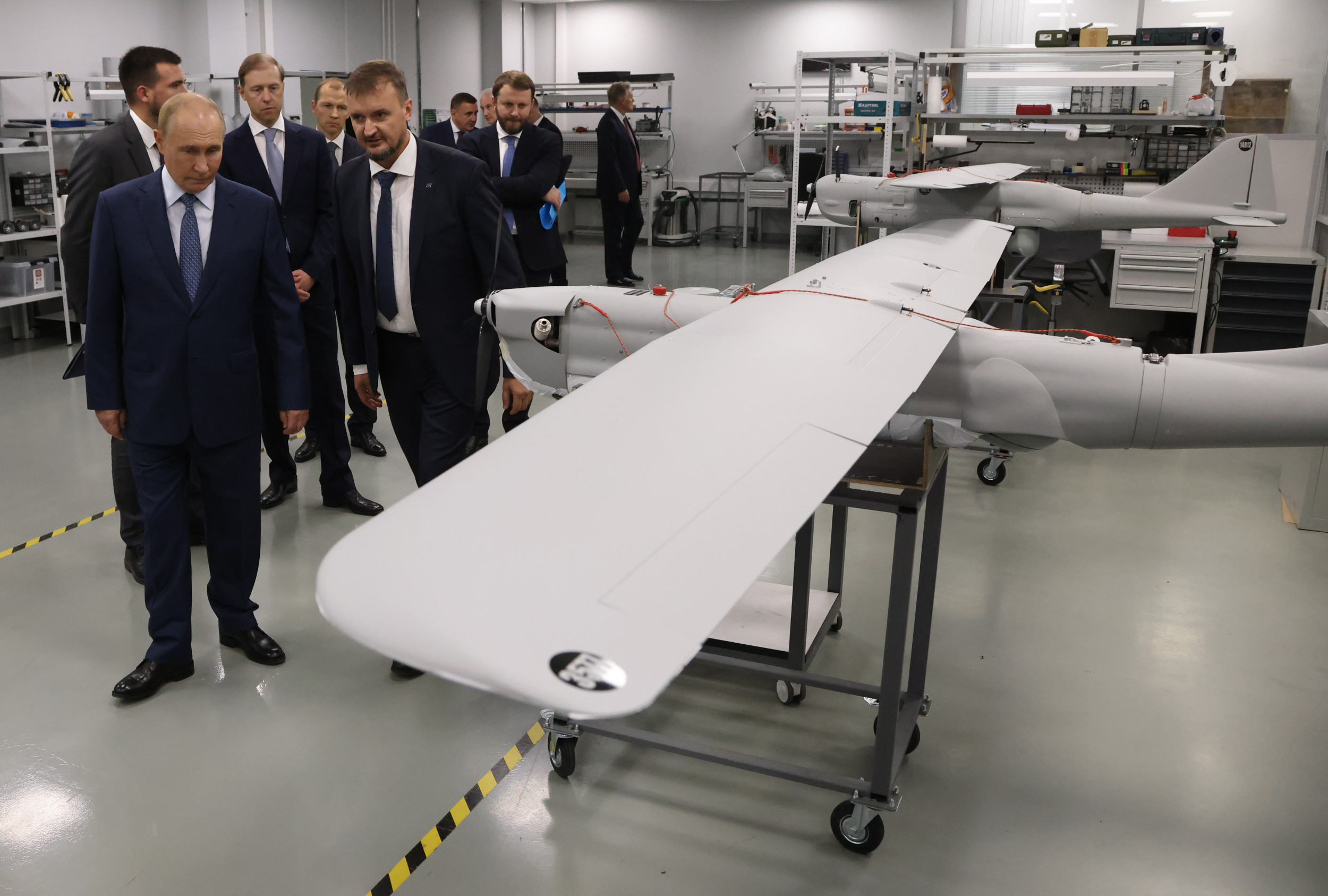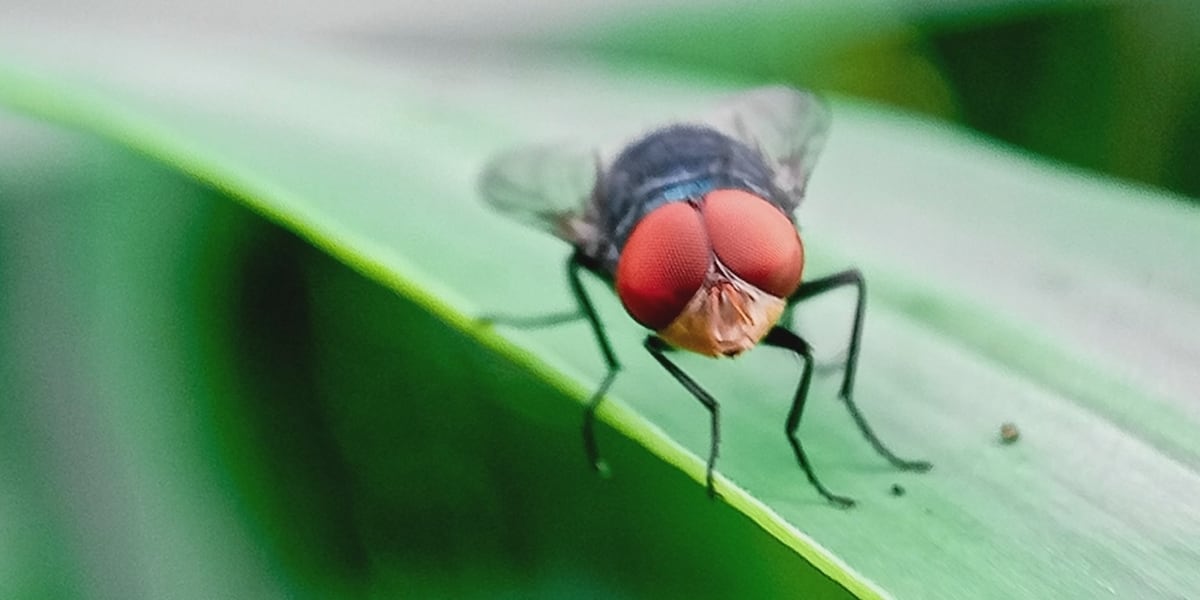Russian Drones Increasingly Rely on Chinese Components, Sparking Security Concerns

Recent reports from Ukrainian intelligence (GUR) have revealed a growing reliance by Russia on Chinese-made components in its drone production. This development has raised significant concerns among Western security analysts and sparked discussions about China’s role in the ongoing conflict. The GUR claims that the latest Russian drones are composed almost entirely of Chinese parts, used for both decoy and reconnaissance purposes.
The Details of the Chinese Component Integration
The GUR has released detailed data outlining the specific Chinese components integrated into these drones. These include flight controllers, navigation systems, cameras, and propulsion systems. The sheer volume of Chinese technology incorporated is striking, suggesting a deliberate effort to source these parts from China, potentially due to sanctions imposed on Russia following its invasion of Ukraine.
Implications for the Conflict and Western Sanctions
This reliance on Chinese technology presents a complex challenge. While China has officially maintained a neutral stance on the conflict, the provision of components, even if ostensibly for civilian use, facilitates Russia’s military capabilities. Western sanctions are designed to cripple Russia’s ability to produce and acquire military hardware. The use of Chinese components represents a potential workaround, undermining the effectiveness of these sanctions.
The Role of Decoys and Reconnaissance
The GUR’s report highlights the use of these drones not only for reconnaissance but also as decoys. Decoys are designed to draw enemy fire, allowing other military assets to operate more safely. The incorporation of Chinese components likely reduces the cost of these decoys, making them more expendable and increasing their deployment frequency.
China's Response and Potential Consequences
China has not yet responded directly to these allegations. However, the situation puts Beijing in a difficult position. While China seeks to avoid direct confrontation with the West, its trade relationships and economic interests are also at stake. If it is proven that Chinese companies are knowingly supplying components for military use in Russia, it could face increased scrutiny and potential sanctions from Western nations.
Broader Geopolitical Ramifications
The situation underscores the interconnectedness of the global supply chain and the challenges of enforcing sanctions in a multipolar world. It also highlights the potential for third-party countries, like China, to inadvertently or deliberately contribute to conflicts through their trade practices. The increasing sophistication of drone technology, coupled with readily available components from various sources, creates a dynamic and evolving landscape for military conflict.
Moving Forward: Monitoring and Enforcement
Western intelligence agencies are likely to intensify their monitoring of Chinese exports to Russia. There will likely be increased pressure on Chinese companies to ensure compliance with international sanctions. The situation requires a careful and nuanced approach, balancing the need to uphold sanctions with the importance of maintaining economic ties with China.






